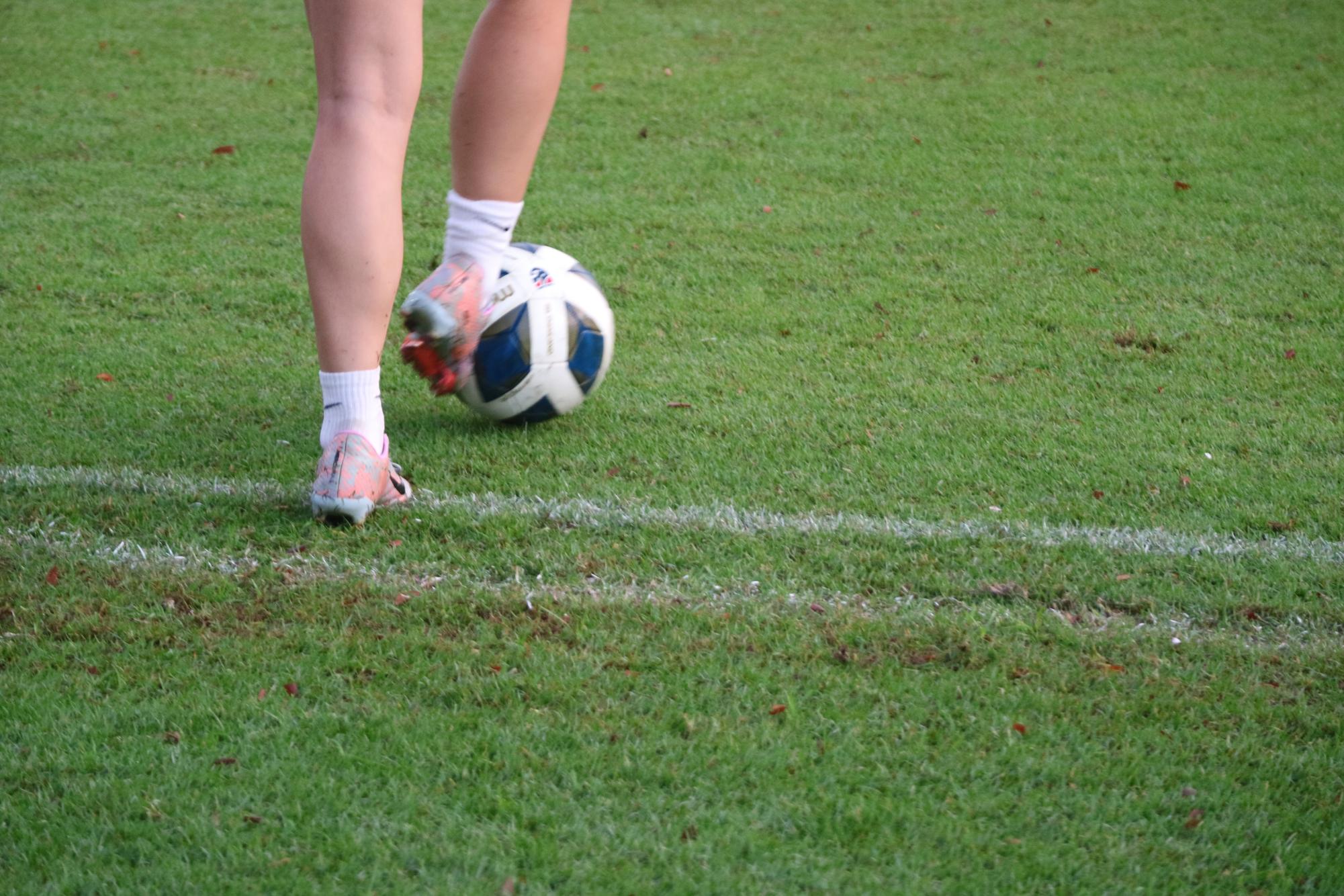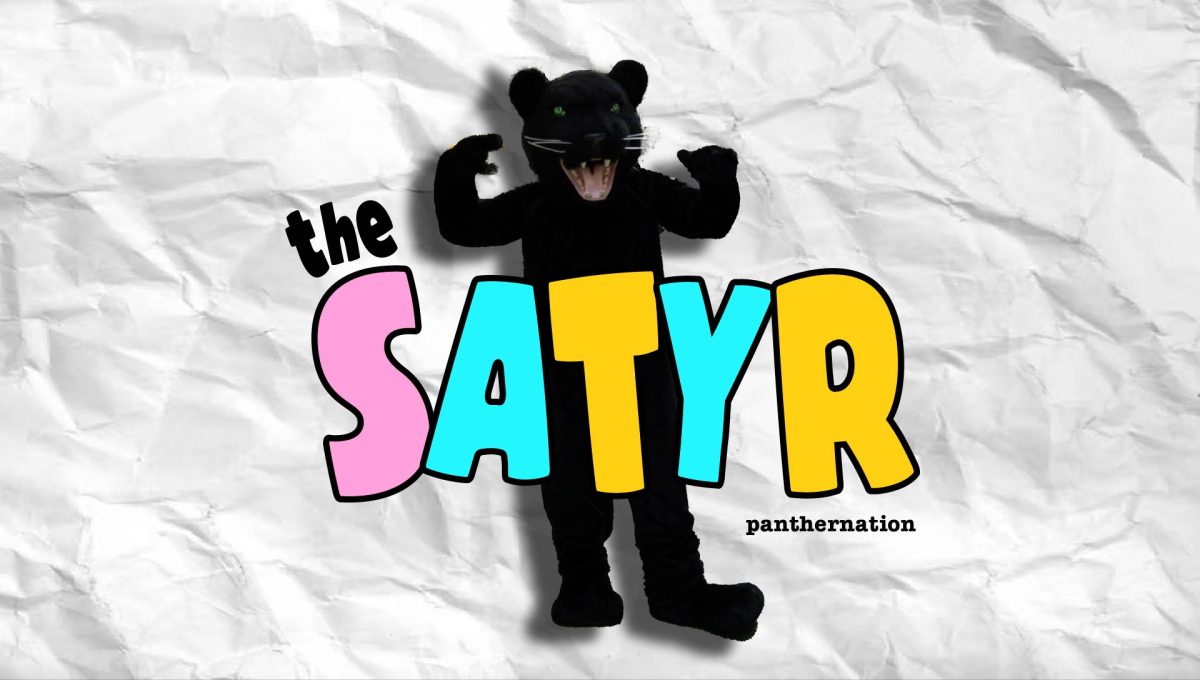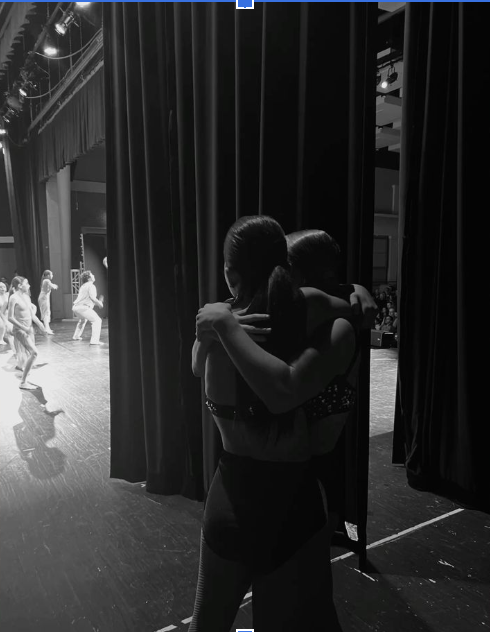“Stop running like a girl!”
“Girls shouldn’t play rough.”
“Boys don’t do ballet.”
These words can still be heard everywhere around the world.
About a hundred years ago, women were only allowed to participate in 5 of the 110 events at the Stockholm Olympics. While humans are fortunate that the future of all genders is brighter than ever nowadays, there are still opportunities for improvement and new opportunities for those interested in sports who do not currently have a team for their gender.
Luckily, this is 2025, and ISB has created a well-rounded environment for students to thrive and explore sports that align with their interests. However, some sports teams are still missing.
“Sports should be accessible to everyone, regardless of gender.”

Ori D’Onofrio recognizes that gender stereotypes significantly influence dance, making it a mainly female sport at ISB. She notes that “no boys have tried out for the Varsity/IASAS dance team in quite some time,” despite the fact that the team is open to all. According to Ori, this imbalance exists because “many males prefer to participate in sports that are perceived as more ‘masculine’ and are already popular with males,” reinforcing the idea that dance is inherently feminine. She explains that “many styles require a lot of grace and artistry,” which may discourage males from participating.
Traditional societal expectations inevitably play a role in sports. Ori believes that “parents steer their sons away from dancing because they think it will make them appear too weak or emotional.” These perceptions limit male participation and weaken the recognition of dance as an actual sport. “Many people don’t even recognize dance as a sport because it is female-dominated and also considered a form of art,” Ori states, emphasizing how dancers’ hard work and training are frequently overlooked. This issue extends beyond ISB, as Ori points out that stereotypes in sports are rooted in deeply fixed beliefs about physical ability and media representation, where “men’s sports [are often] deemed more ‘exciting’ or ‘elite.’” However, she believes that change is achievable, noting that “mixed-gender sports are important because they can break down barriers and stereotypes,” creating a more inclusive athletic environment.
“It’s hard to pinpoint one reason why contact rugby and baseball aren’t offered [for girls] at ISB.”

Sierah Georgy emphasizes how gender stereotypes limit opportunities for female athletes, particularly in sports such as rugby and baseball. She points out that these sports have “traditionally been viewed as more suitable for men,” which may contribute to their absence at ISB. Having played touch rugby since 7th grade, Sierah originally started on the middle school mixed touch team at Manila but had to pause due to COVID-19. Despite these challenges, she continued the sport in high school and remains passionate about expanding opportunities for female athletes. She believes these sports at the ES, MS, or HS level would provide more opportunities for both men and women to “try out different sports not designated specifically for their gender.”

Despite the growing visibility of female athletes, gender biases are still deeply rooted in sports culture. Sierah explains that “sexism is taught and systemically instilled into sports,” referencing how the NBA is considered the default league for men while the WNBA is specifically designated for women. These rooted beliefs make it more challenging to put down traditional stereotypes that have been rooted for the past decades. However, Sierah remains optimistic, noting that “the number of viewers and supporters of the women’s FIFA World Cup has significantly increased over the past few years.” While efforts to change are being made, she acknowledges that gender stereotypes “still exist and probably will forever,” emphasizing the need for continued efforts to break down stereotypes and create a more inclusive sports environment.
What is the takeaway?
Gender stereotypes have continued to influence the way people view sports, emphasizing the idea that certain activities are meant for specific genders. However, these traditional beliefs fail to realize that stereotypes do not define individuals.
Strength, confidence, or sensitivity exists in everyone, regardless of gender, to determine whether or not they are suitable for a sport. The reason why these stereotypes continue to exist is that people have yet to challenge them or create an environment where people feel free to pursue their interests without fear of judgment. Breaking these stereotype barriers creates diversity and allows students to express themselves beyond the limitations imposed by gender stereotypes.







